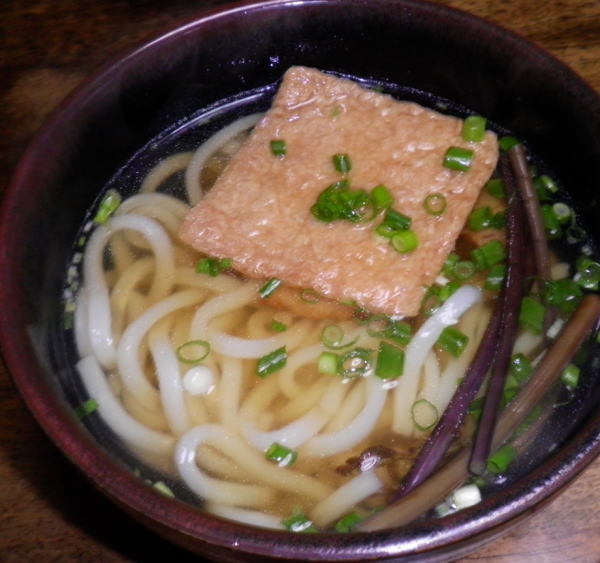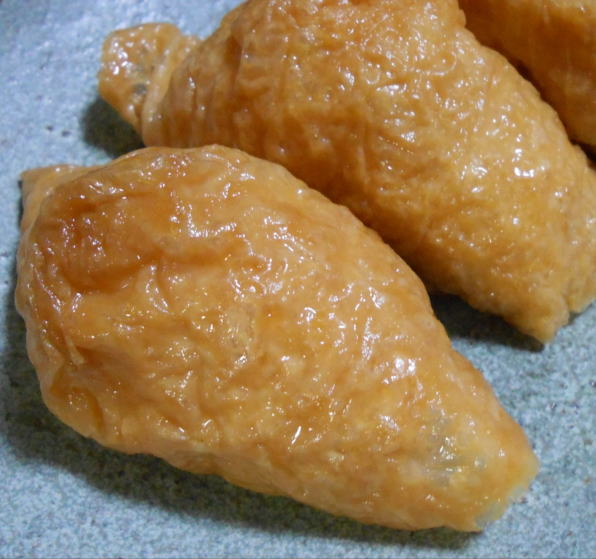Inari and Foxes
 When visiting Kyoto, you probably include Fushimi Inari in your itinerary because it’s one of the tourist hottest spots.
When visiting Kyoto, you probably include Fushimi Inari in your itinerary because it’s one of the tourist hottest spots.
Entering the orange-red torii gate (typical of a Inari shrine), you’ll see a pair of foxes at the Komainu formation. The left one holds a key in its mouth while the right one, a mani (a jewel ball). The variation expands within the shrine premises: Some keep a rice sheaf or scroll in the mouth, and others hold the jewel on the tail tip.
Then, why fox statues in Inari shrines? Is the animal also a deity (or kami) or super animal capable of some miracles? Are the fox and Inari the same things?
 Those questions may pop up, and it’s quite reasonable since there may be only a few even among the Japanese who can correctly sort out the puzzle. Such confusion may attribute to Japanese folkloric stories, where foxes play a trick on people, spiritually possess them or shapeshift into something else. Actually, we say that someone is Kitsune ni tsumamareru (lit. picked up by a fox) to describe the state of being genuinely baffled. At an udon noodle restaurant, Kitsune udon (lit. Fox Udon) may become your favourite for its profound sweet flavour of aburage. There is a kind of sushi wrapped in aburage, called Inari Zushi. And now it becomes even more confusing.
Those questions may pop up, and it’s quite reasonable since there may be only a few even among the Japanese who can correctly sort out the puzzle. Such confusion may attribute to Japanese folkloric stories, where foxes play a trick on people, spiritually possess them or shapeshift into something else. Actually, we say that someone is Kitsune ni tsumamareru (lit. picked up by a fox) to describe the state of being genuinely baffled. At an udon noodle restaurant, Kitsune udon (lit. Fox Udon) may become your favourite for its profound sweet flavour of aburage. There is a kind of sushi wrapped in aburage, called Inari Zushi. And now it becomes even more confusing.
 So untangling the riddle, aburage is a soybean-based food item believed to be the fox’s favourite. And in the context of the Inari shrine, the animal is the messenger (or servant) of the Inari deity, who is related to agriculture and fertility.
So untangling the riddle, aburage is a soybean-based food item believed to be the fox’s favourite. And in the context of the Inari shrine, the animal is the messenger (or servant) of the Inari deity, who is related to agriculture and fertility.
Then, don’t foxes have any divine power? Yes, they do, legendarily. The spirit of the fox is believed to undergo a one-thousand-year journey to enlightenment, to eventually transforms into Tenko (lit. a heavenly fox). Depending on the level of spirituality, there are several types: the lowest category called Yako (lit. a field fox), and the middle kind, Kuda (lit. a tube) or Izuna. Naturally, naughty and wicked ones belong to the lowest, and those in the middle and over would help and benefit people. Those positioned throughout the Inari shrine premises are categorized as the latter and called Byakko (lit. a white fox).
(N.S.)
|




